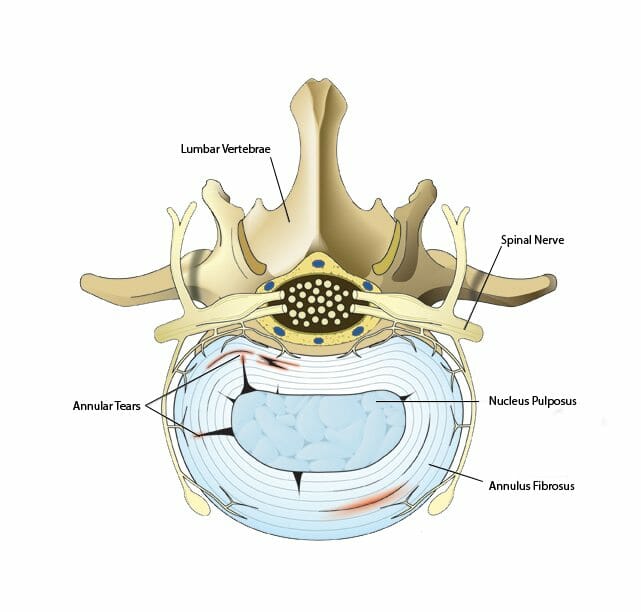

These are glomus tumors with many blood vessels. Middle ear tumors: Some people have small tumors in their middle ears located near the parts of the ear that receive sound.Anemia: Anemia may increase your blood flow, which may in turn affect your blood vessels and cause pulsatile tinnitus.If that pressure is too high, you may have high blood pressure that may cause pulsatile tinnitus. High blood pressure (hypertension ): High blood pressure measures the pressure of blood against your blood vessel walls.If you have arteriovenous malformation near your ears, you may develop pulsatile tinnitus. Arteriovenous malformations: These are tangles of blood vessels affecting the connections between your veins and arteries.Some people have conditions that cause increased blood flow that makes noise inside this channel, creating the whooshing sound associated with pulsatile tinnitus.

Sinus wall abnormalities (SWAA): Your sinus wall is a channel on the side of your brain that receives blood from veins within your brain.Just like quiet rivers that become a set of noisy rapids, uneven blood flow makes more noise than smooth-flowing blood through arteries close to your ear. Atherosclerosis: This is a hardening of your arteries, which can make for uneven blood flow.Here are some examples of conditions that may cause pulsatile tinnitus: In some cases, pulsatile tinnitus isn’t due to a change in the blood flow itself, but rather an enhanced ability to hear blood flow more intensely. Just having pulsatile tinnitus doesn’t mean you have these conditions. Sometimes, changing blood flow is a sign of a serious medical condition. In general, pulsatile tinnitus happens when certain conditions or abnormalities change the flow of blood in blood vessels near or around your ears. In a sense, people who have pulsatile tinnitus hear their hearts beating. This may include large arteries or veins in your neck and at the base of your skulls, and smaller arteries in your ears. This is commonly blood pulsing faster than normal through a variety of veins and arteries located near your ears. Pulsatile tinnitus is a rare condition that accounts for about 10% of the estimated 50 million people who have tinnitus.Ī rhythmic swooshing or whooshing noise inside of your head that often keeps pace with your pulse is the most common symptom of pulsatile tinnitus. Contact your provider right away if you suddenly hear a rhythmic swooshing sound in your head, hear that sound in one ear only or have other issues like difficulty walking, balance troubles or difficulty seeing. When should I be concerned about pulsatile tinnitus?Īny sudden unexplained change in your body is reason to contact your healthcare provider. Most importantly, pulsatile tinnitus may be a symptom - and your first warning - that you have a serious medical condition. Some people who have tinnitus or pulsatile tinnitus develop depression or anxiety. Like tinnitus, pulsatile tinnitus may interrupt your ability to concentrate, sleep or work.

How does pulsatile tinnitus affect my body? Many times pulsatile tinnitus is a symptom of vascular disease - diseases affecting your veins and arteries - as well as malformations of vascular structures or atypical blood flow near your ear, and in some rare cases, tumors. Like non-pulsatile tinnitus, pulsatile tinnitus isn’t a condition. People who have pulsatile tinnitus hear noise that may be loud or soft but tends to happen in time with their heartbeats or may sound like a whooshing. They often, but not always, describe it as a ringing sound. People who have tinnitus (pronounced “TIN-nite-us” or “TIN-e-tus”) may have constant noise in their heads that no one else hears. Pulsatile tinnitus is a rare form of tinnitus.


 0 kommentar(er)
0 kommentar(er)
